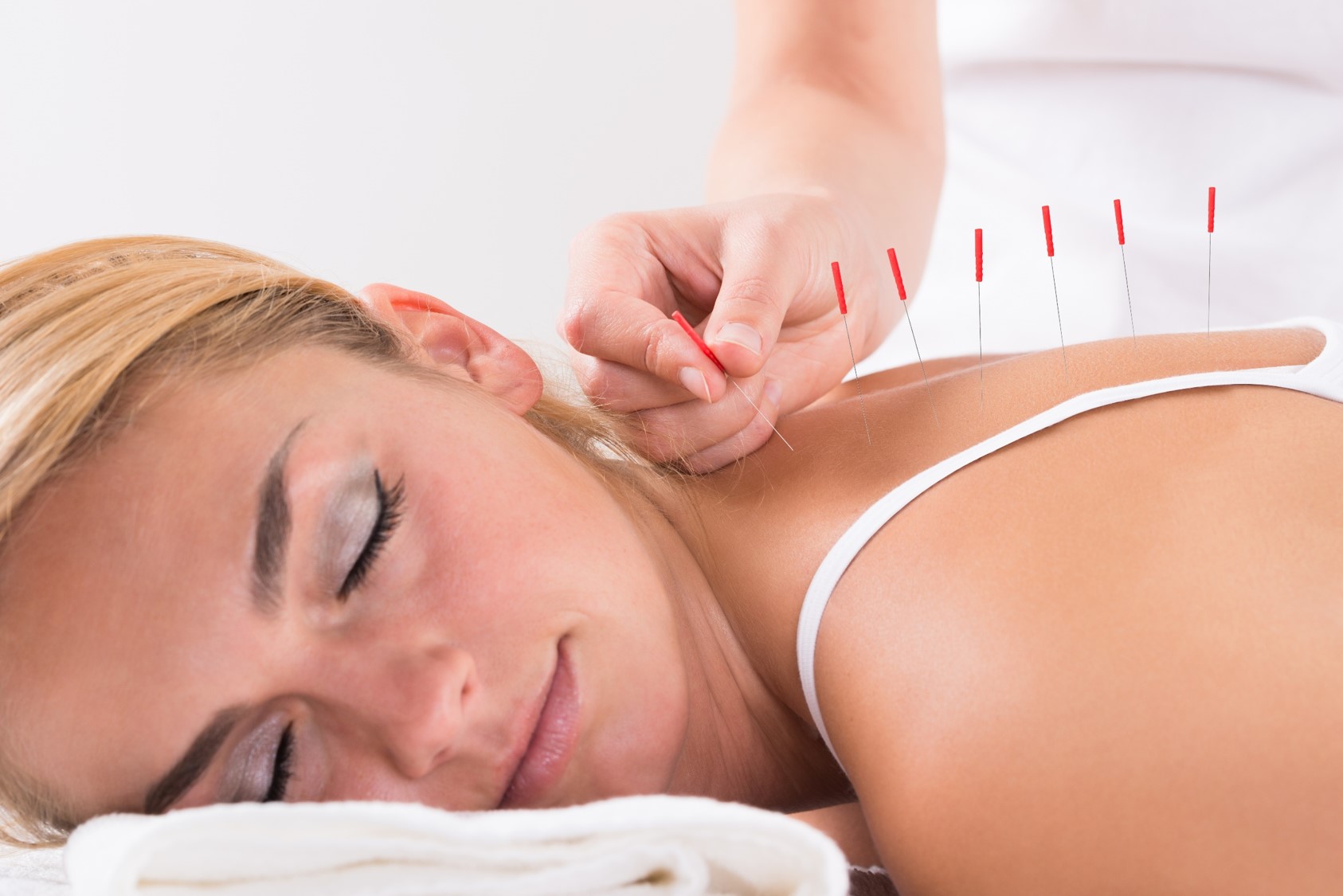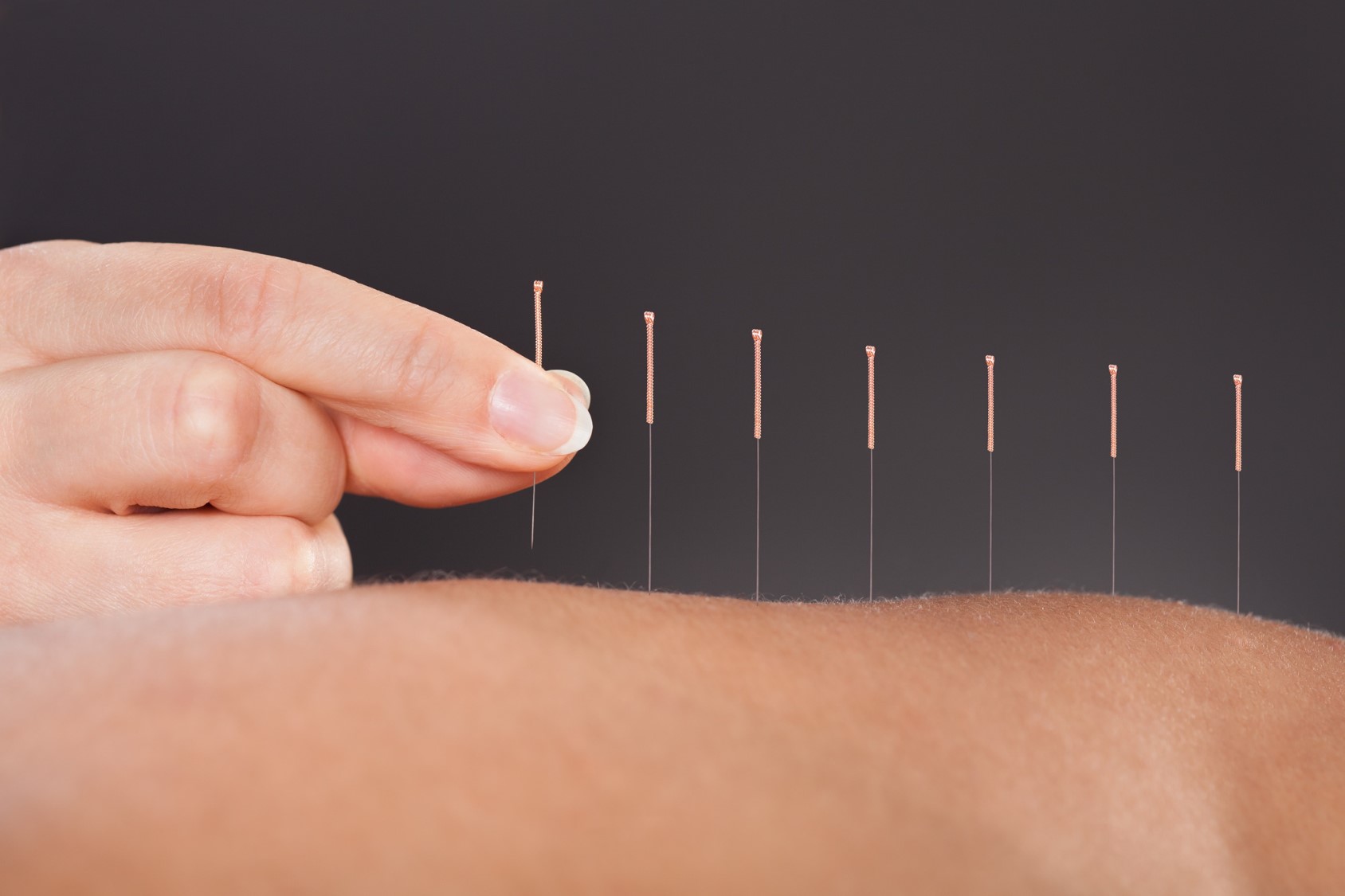What is Acupuncture?
Acupuncture began thousands of years ago as part of Traditional Chinese Medicine (TCM). It uses thin needles to target points on the body. These points influence the flow of energy, called “Qi” (chee). Balanced Qi strengthens the body’s natural healing ability.
Ancient Chinese healers first recorded this practice in their medical texts. They focused on harmonizing Yin and Yang energies in the body. This harmony promotes good health and ensures organs function properly.
Nowadays, acupuncture has spread worldwide. It treats pain and supports the body through many health challenges. People trust its natural approach to healing.
Acupuncture Therapy is Used for These Conditions
Traditional Chinese medicine acupuncture provides relief for many issues. At Xin Hua TCM, we focus on treating:
- Persistent pain like arthritis, backaches, and neck discomfort
- Stress-related problems such as insomnia or anxiety
- Digestive issues like constipation and irritable bowel syndrome
- Breathing disorders, including asthma and allergies
- Nerve conditions like migraine and Bell’s palsy
- Women’s health issues such as infertility and menopause
Each treatment matches your specific needs. Acupuncture supports your journey toward a healthier and happier life.
How Does Acupuncture Work?
Acupuncture clears blockages in Qi along pathways called meridians. Healthy Qi flows freely and keeps your body functioning well. When Qi stagnates, illness follows.
During a session, a practitioner inserts fine needles into precise body points. This action stimulates tissues, muscles, and nerves. It boosts blood circulation and encourages healing.
Additional techniques like heat therapy or cupping enhance the process. These methods deepen the healing effect and promote quicker recovery.
Is Acupuncture Safe?
Acupuncture is safe under skilled professionals. At Xin Hua TCM, we handle every procedure with precision. Sterile needles prevent infection and ensure cleanliness.
Minor bruising or soreness at needle points may occur. These effects fade quickly and cause little inconvenience. Compared to medicine or surgeries, acupuncture poses minimal risks.
Choosing the right practitioner matters. Our team’s training and dedication ensure every session supports your health fully.
Why Choose Xin Hua TCM for Acupuncture?
At Xin Hua TCM, we combine time-tested methods with modern care. Here’s why we excel:
- Skilled Practitioners: Our team masters advanced techniques from TCM
- Tailored Plans: Each treatment adapts to your specific health needs
- Focus on Safety: We ensure proper hygiene and patient protection
- Holistic Approach: We blend acupuncture with other therapies for maximum benefits
We support your journey with personalized care and expert guidance.
Take the first step toward better health. Xin Hua TCM provides expert care through personalized acupuncture treatments.
Book your appointment now and experience the power of natural healing. Let us guide you to better health and well-being.
Benefits of Chinese Medicine Acupuncture
Chinese medicine acupuncture brings several health benefits. It addresses both physical and mental well-being:
- Relieves Pain: Helps reduce chronic and acute pain naturally
- Reduces Stress: Calms the mind and regulates stress hormones
- Boosts Immunity: Improves the body’s defence against illnesses
- Improves Sleep: Promotes relaxation and combats insomnia
- Supports Mental Health: Alleviates anxiety and depression symptoms
- Enhances Digestion: Encourages healthy gut function
- Regular acupuncture can help you feel more balanced and energised
Regular sessions improve your energy and restore balance to your body.
Frequently Asked Questions
1. Can acupuncture help me?
Yes, acupuncture can address a wide range of issues. It works well for pain, stress, digestion, and overall health. Many feel better after a few sessions.
2. Who should avoid acupuncture?
People with bleeding disorders or other medical issues should consult a doctor. Pregnant women should also get advice before starting treatment.
3. Can acupuncture ease neck pain?
Yes, acupuncture can relieve neck pain and stiffness. It improves blood flow and reduces inflammation, restoring mobility and comfort.
4. Does acupuncture hurt?
No, acupuncture causes little to no pain. Most patients describe it as a tingling or warming sensation during treatment.




